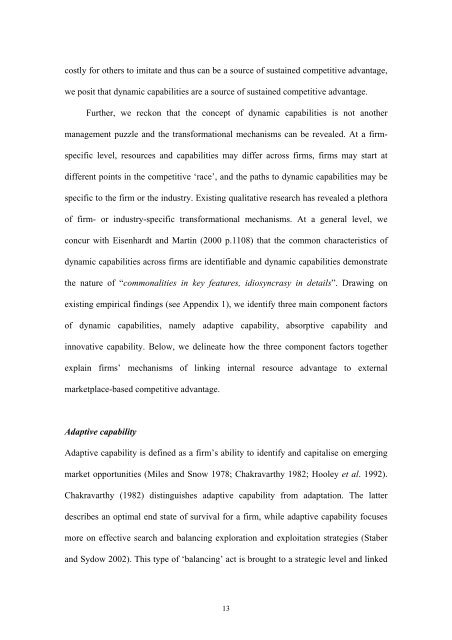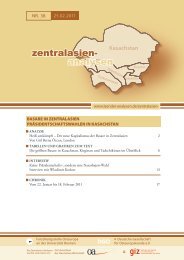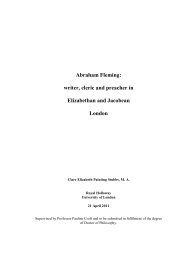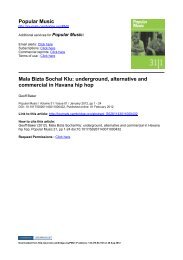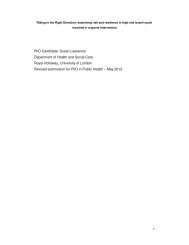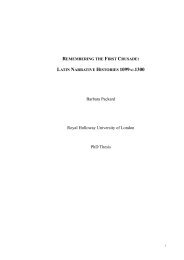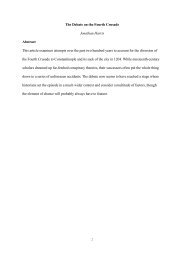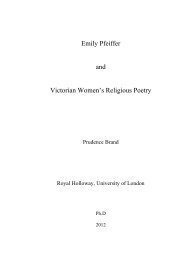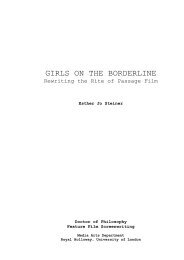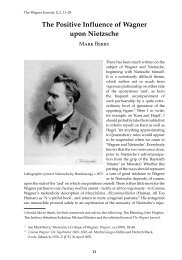Dynamic Capabilities: A Review and Research Agenda
Dynamic Capabilities: A Review and Research Agenda
Dynamic Capabilities: A Review and Research Agenda
Create successful ePaper yourself
Turn your PDF publications into a flip-book with our unique Google optimized e-Paper software.
costly for others to imitate <strong>and</strong> thus can be a source of sustained competitive advantage,<br />
we posit that dynamic capabilities are a source of sustained competitive advantage.<br />
Further, we reckon that the concept of dynamic capabilities is not another<br />
management puzzle <strong>and</strong> the transformational mechanisms can be revealed. At a firm-<br />
specific level, resources <strong>and</strong> capabilities may differ across firms, firms may start at<br />
different points in the competitive ‘race’, <strong>and</strong> the paths to dynamic capabilities may be<br />
specific to the firm or the industry. Existing qualitative research has revealed a plethora<br />
of firm- or industry-specific transformational mechanisms. At a general level, we<br />
concur with Eisenhardt <strong>and</strong> Martin (2000 p.1108) that the common characteristics of<br />
dynamic capabilities across firms are identifiable <strong>and</strong> dynamic capabilities demonstrate<br />
the nature of “commonalities in key features, idiosyncrasy in details”. Drawing on<br />
existing empirical findings (see Appendix 1), we identify three main component factors<br />
of dynamic capabilities, namely adaptive capability, absorptive capability <strong>and</strong><br />
innovative capability. Below, we delineate how the three component factors together<br />
explain firms’ mechanisms of linking internal resource advantage to external<br />
marketplace-based competitive advantage.<br />
Adaptive capability<br />
Adaptive capability is defined as a firm’s ability to identify <strong>and</strong> capitalise on emerging<br />
market opportunities (Miles <strong>and</strong> Snow 1978; Chakravarthy 1982; Hooley et al. 1992).<br />
Chakravarthy (1982) distinguishes adaptive capability from adaptation. The latter<br />
describes an optimal end state of survival for a firm, while adaptive capability focuses<br />
more on effective search <strong>and</strong> balancing exploration <strong>and</strong> exploitation strategies (Staber<br />
<strong>and</strong> Sydow 2002). This type of ‘balancing’ act is brought to a strategic level <strong>and</strong> linked<br />
13


